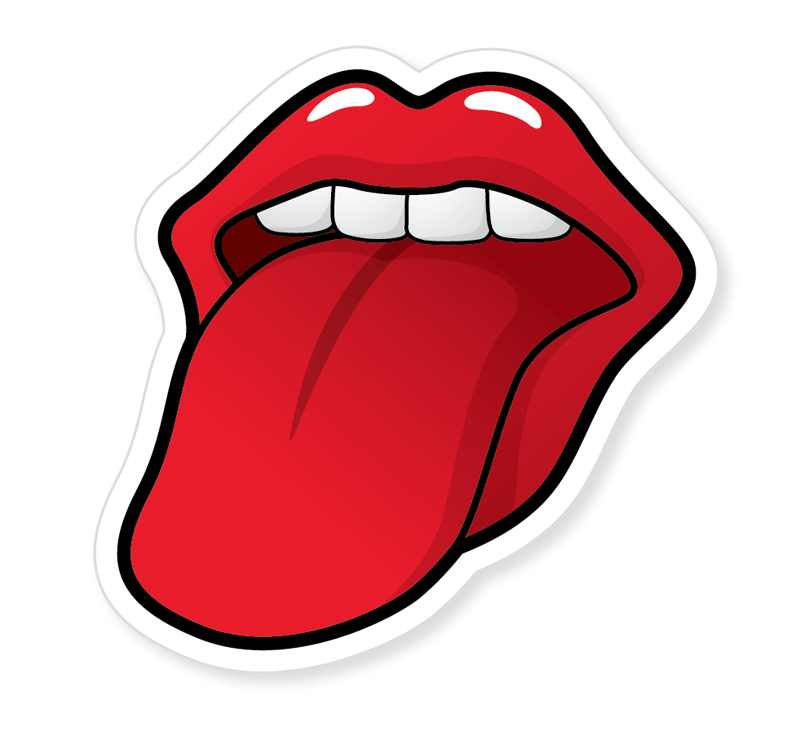
|
Anatomy and Physiology of Taste |

Links: |
Use the first link on the left to introduce yourself to the structure and function of your taste buds. Read the entire article of the second link. Use those two sources and the several links to complete the questions below. Use the second and third link on the left to answer the following questions: 1. Explain why it is only partly true to say that the tongue is a muscle. 2. What does the tongue do when you chew? 3. What is the tongue’s job once the chewed food is mixed with saliva? 4. Can you really “swallow your tongue? Explain. 5. When you look at your tongue in the mirror you can see raised areas or “bumps”. What are these raised areas called? 6. Name and describe the types of papillae. 7. Papillae have 2 purposes. Describe them. 8. So, can you actually see taste buds with the naked eye? Explain. 9.What is the difference in the structure between a younger person’s tongue and an older person’s tongue? How does this affect the sense of taste? 10. Name the 5 types of taste. 11. Explain the relationship between cilia and taste buds. 12. Where do you actually determine the “taste” of a food? 13. How can the sense of taste protect you from harm? 14. What can make your taste bud receptors less sensitive? 15. Why do you have saliva? What's it job? Can you taste without it? 16. Does your tongue ever stop working? Explain. |